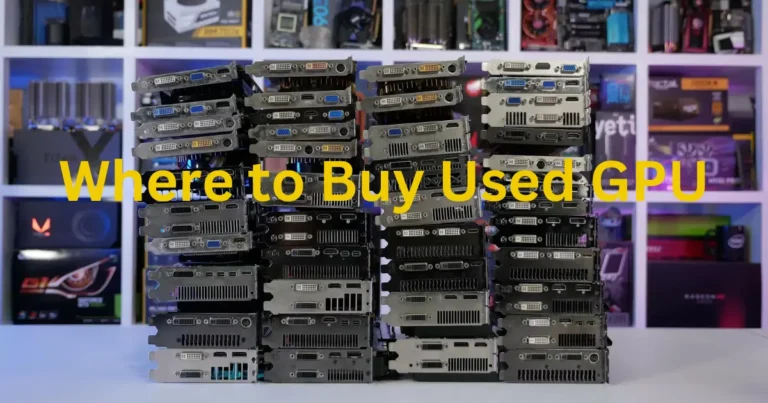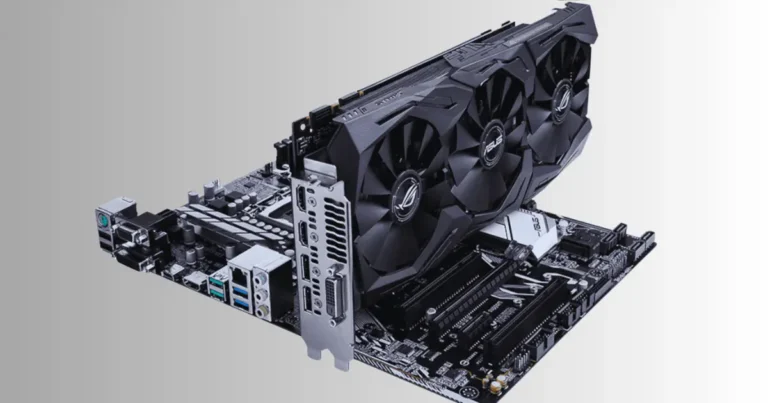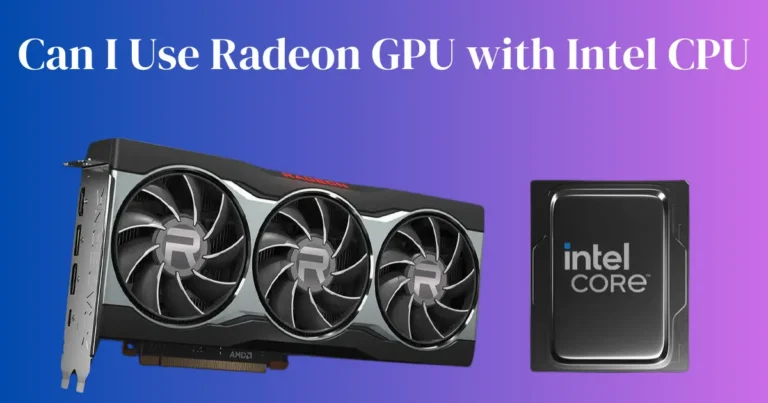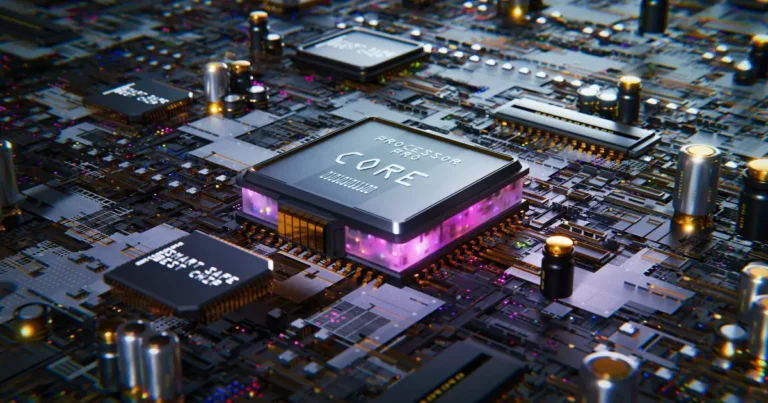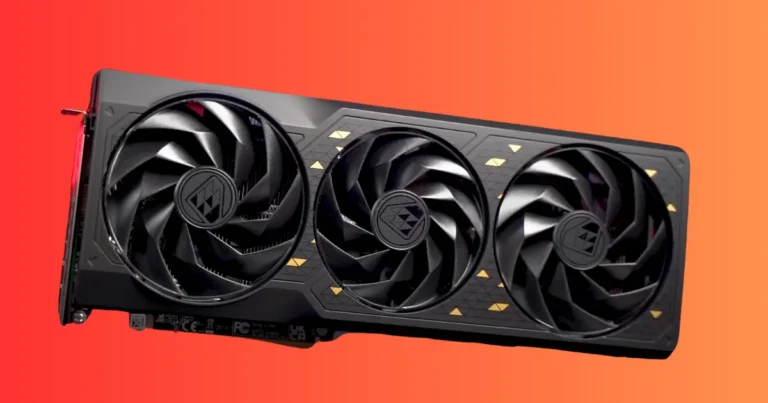Does GPU Brand Matter?
When it comes to building a gaming rig or a high-performance computing setup, one of the most critical decisions enthusiasts face is choosing the right Graphics Processing Unit (GPU). GPUs are the workhorses behind rendering stunning graphics, accelerating machine learning algorithms, and powering complex simulations. But amidst the plethora of options available in the market, does the brand of GPU truly make a significant difference? Let’s dive into the intricacies of GPU brands and unravel the truth behind this common dilemma.
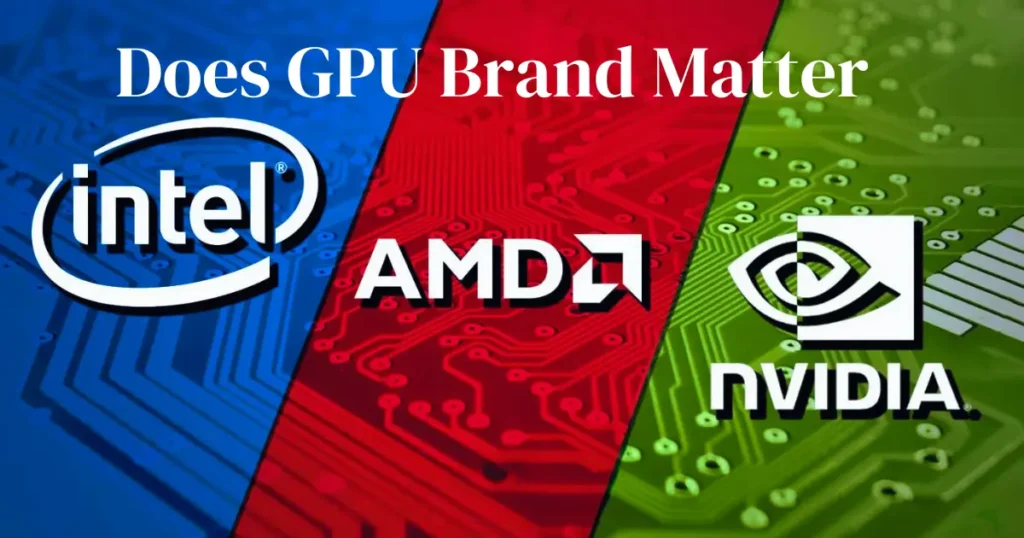
Understanding GPU Brands
Before delving into the matter, let’s first grasp the landscape of GPU manufacturers dominating the market. NVIDIA, AMD, and Intel stand as the prominent players in this domain, each with its unique history, technological prowess, and market positioning.
NVIDIA: With its groundbreaking innovations and market dominance, NVIDIA has cemented its position as a frontrunner in the GPU industry. From gaming enthusiasts to data scientists, NVIDIA GPUs are synonymous with top-tier performance and cutting-edge technologies like ray tracing and deep learning.
AMD: AMD, on the other hand, has been a formidable competitor, offering a compelling alternative to NVIDIA’s supremacy. Renowned for its value-oriented approach and competitive pricing, AMD GPUs have carved a niche among budget-conscious consumers without compromising on performance.
Intel: Traditionally known for its CPUs, Intel has recently entered the discrete GPU market with a promise to shake things up. Although relatively new to the game, Intel’s ambitious strides signify a potential paradigm shift in the GPU landscape, particularly in integrated graphics solutions.
Does GPU Brand Matter?
The perennial debate surrounding GPU brands often revolves around their impact on performance, reliability, and user experience. While brand loyalty and preferences are subjective, several objective factors warrant consideration.
Influence on Performance: One of the primary concerns for consumers is whether the brand of GPU significantly affects performance. While benchmarks and specifications may vary between brands, real-world performance disparities are often negligible, especially in mainstream applications and gaming scenarios. However, in specialized tasks like professional graphics rendering or deep learning, certain brands may exhibit optimizations tailored to specific workflows.
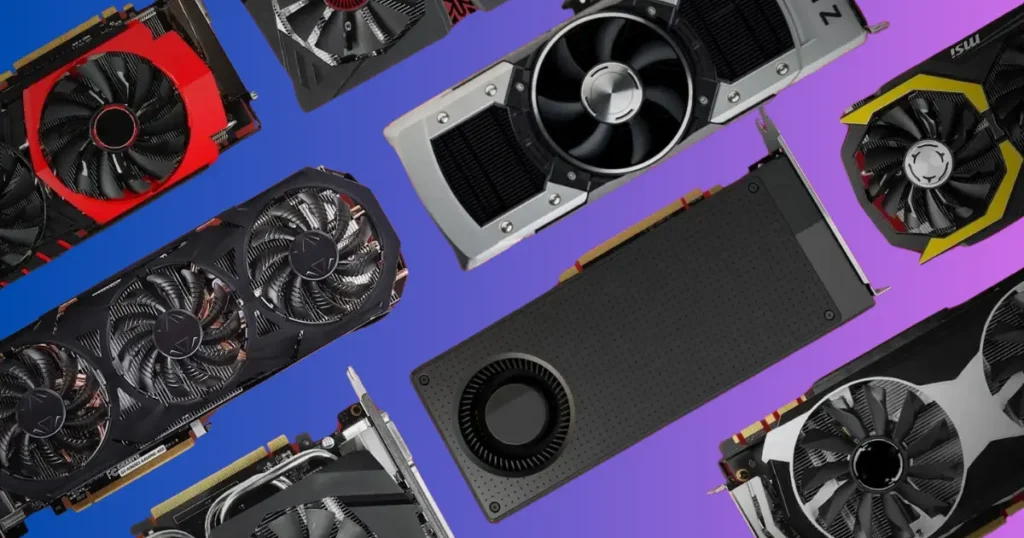
Reliability and Customer Support: Another aspect worth pondering is the reliability and after-sales support offered by different GPU brands. NVIDIA’s robust driver support and frequent updates are lauded for their stability and compatibility across a wide range of hardware configurations. Similarly, AMD has made strides in enhancing its software ecosystem, ensuring a seamless user experience for Radeon GPU owners. However, anecdotal evidence suggests occasional discrepancies in reliability and customer service among different brands, emphasizing the importance of thorough research and user reviews.
Brand-Specific Features: Beyond raw performance metrics, GPU brands often differentiate themselves through proprietary features and software enhancements. NVIDIA’s CUDA technology and AMD’s Radeon Software suite exemplify brand-specific functionalities that cater to diverse user preferences and workflow requirements. While these features may sway purchasing decisions for certain demographics, their practical significance varies depending on individual use cases.
Performance Comparison Across Brands
To ascertain the tangible differences between GPU brands, comprehensive benchmark tests and real-world usage scenarios provide valuable insights. While synthetic benchmarks may showcase marginal performance disparities, the subjective experience of end-users often depends on factors like driver optimization, game optimization, and system configuration. Thus, while brand allegiance may influence perceptions, objective metrics paint a nuanced picture of performance differentials.

Price Comparison
Price sensitivity remains a significant determinant for consumers when evaluating GPU options. While premium brands like NVIDIA tend to command higher price tags, AMD offers compelling alternatives at more accessible price points. Budget-conscious consumers may prioritize value propositions over brand prestige, opting for GPUs that strike a balance between performance and affordability.
Brand Reputation and Reliability
The reputation of GPU brands stems from a combination of factors, including product quality, customer service, and brand perception. NVIDIA’s longstanding dominance and market presence have solidified its reputation as a reliable choice for discerning users seeking uncompromising performance and stability. Conversely, AMD’s resurgence in recent years has bolstered its reputation for affordability and innovation, appealing to a broader audience of gamers and content creators.
Factors Beyond GPU Brand
While brand considerations are pivotal, other factors significantly influence the overall compatibility and performance of GPUs. Compatibility with existing hardware components, such as motherboards and power supplies, plays a crucial role in ensuring a seamless integration process. Additionally, the software ecosystem surrounding GPUs, including driver support, developer tools, and optimization efforts, contributes to the overall user experience irrespective of brand allegiance.
Industry Perspectives
Industry experts and analysts provide valuable insights into the evolving dynamics of the GPU market. Their assessments often highlight emerging trends, technological advancements, and competitive strategies adopted by different brands to gain a foothold in the fiercely contested landscape. By synthesizing diverse viewpoints, consumers can make informed decisions based on a holistic understanding of market dynamics.
Case Studies
Examining real-world case studies offers practical illustrations of the advantages and limitations associated with specific GPU brands. Whether it’s the superior ray tracing capabilities of NVIDIA’s RTX series or the price-to-performance ratio of AMD’s Radeon lineup, anecdotal evidence corroborates the diverse preferences and priorities of consumers across different demographics and usage scenarios.
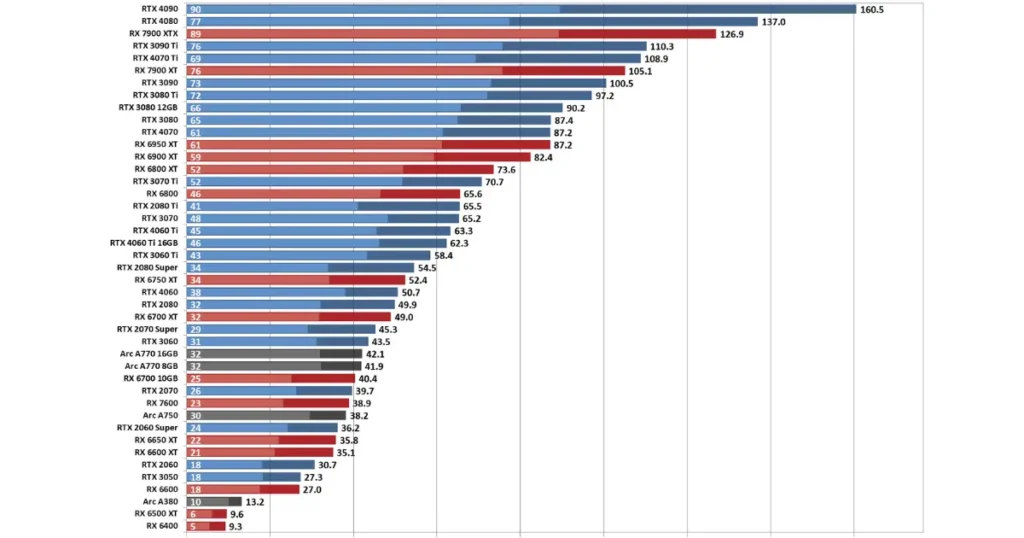
Future Outlook
As the GPU landscape continues to evolve, driven by rapid technological advancements and shifting consumer preferences, the future outlook remains both promising and uncertain. Emerging trends like AI-driven optimizations, cloud gaming, and heterogeneous computing architectures herald a new era of innovation and competition. While established brands vie for market dominance, upstart challengers and disruptive technologies pose formidable challenges, promising a dynamic and exhilarating journey ahead for enthusiasts and industry stakeholders alike.
Conclusion
In conclusion, while the brand of GPU undoubtedly influences consumer perceptions and purchasing decisions, its tangible impact on performance and user experience is nuanced and multifaceted. While premium brands like NVIDIA offer unparalleled performance and reliability, budget-conscious consumers may find value in alternative options like AMD. Ultimately, the choice of GPU brand should align with individual preferences, usage requirements, and budget constraints, ensuring a satisfying computing experience tailored to one’s unique needs and aspirations.

